What are Lab Grown Diamonds?
As stunning as naturally occurring diamonds, lab grown diamonds are equally desirable. In contrast to mined diamonds, which are formed by nature, they are made in a laboratory.
We know that the concept of producing diamonds in a laboratory may be a little complicated, and you may have many doubts about it. However, to simplify it, we can start by saying that Lab Grown Diamonds are produced by simulating the natural process that gives rise to diamonds in a controlled setting.
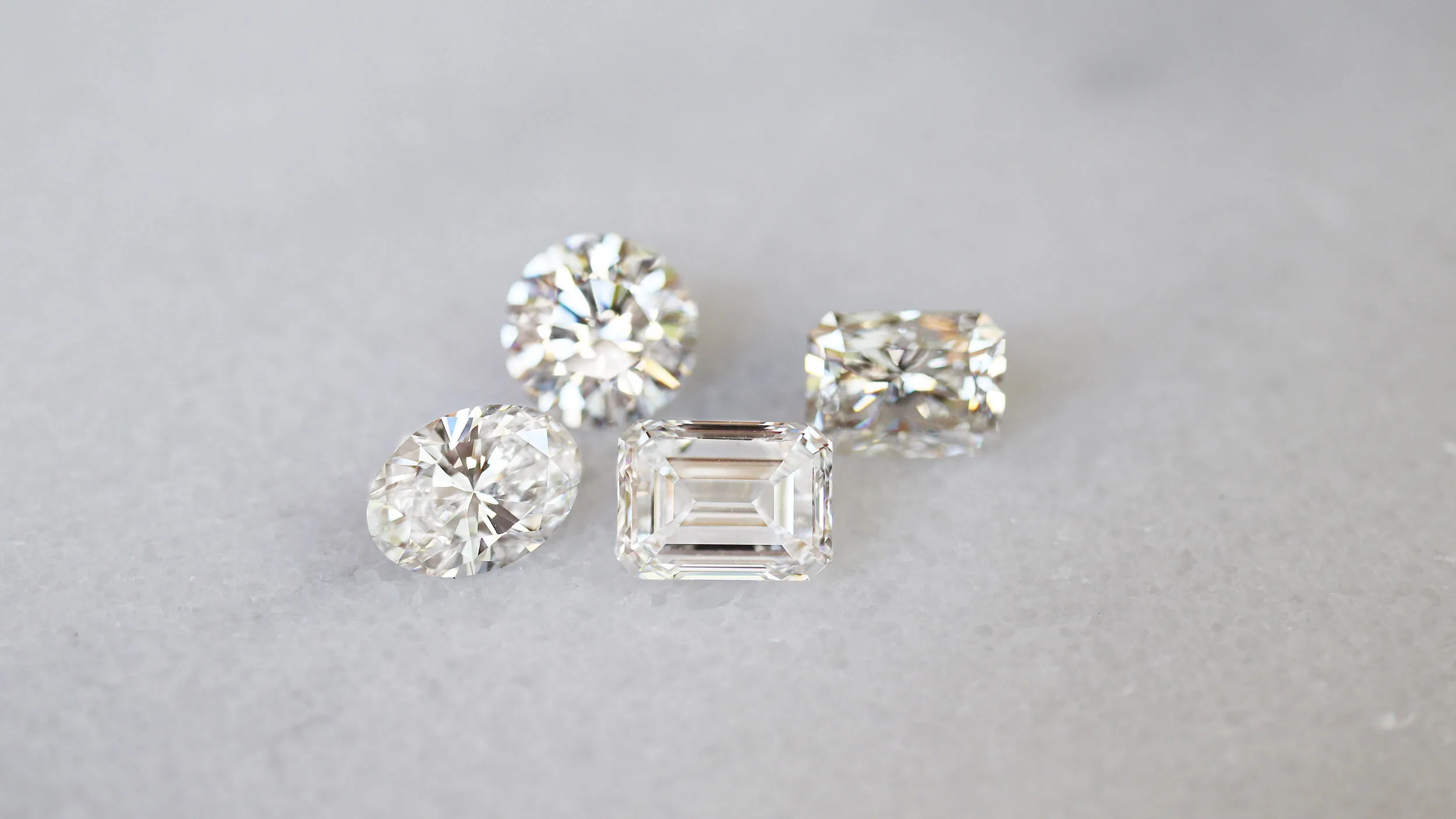
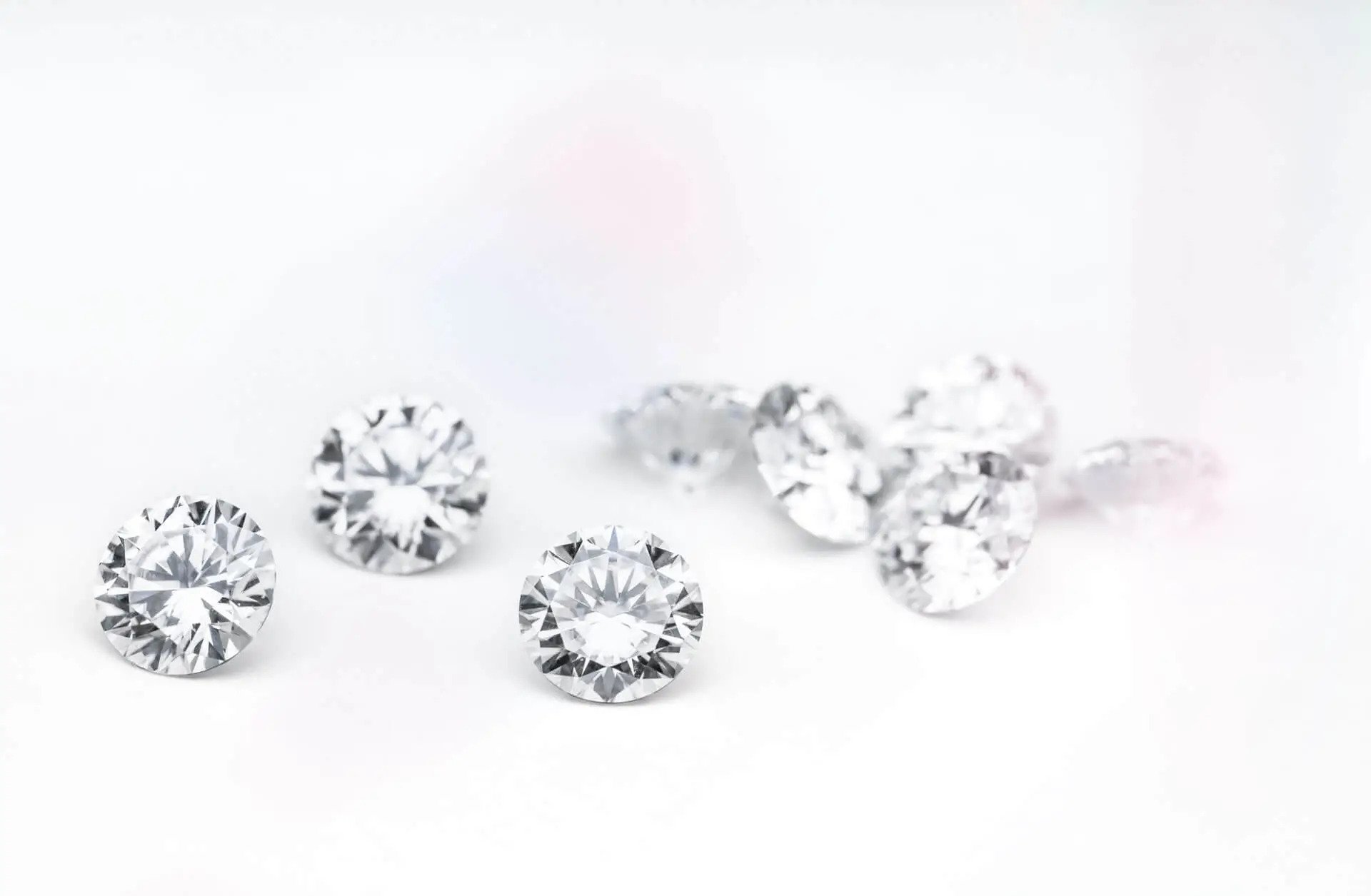
Why are lab created diamonds considered ethical?
There are many reasons why laboratory-grown diamonds are a better alternative to mined diamonds, and they are considered an ethical luxury. In addition to all their unparalleled beauty, they are much more environmentally friendly than their equivalents from mining – it’s impossible not to appreciate them.
We have a wide selection of loose diamonds for you to browse. You’re just one click away from finding beautiful and earth-friendly gems for your loved ones.
How are Lab Grown Diamonds Made?
Now that you know what lab grown diamonds are, you may wonder how we can create an authentic diamond in a laboratory.
For a better explanation, we can answer this question by considering how mineral diamonds are formed in nature.
The process that natural diamonds go through takes several billion years to complete. It occurs when carbon deposits deep below the earth’s surface are exposed to high temperatures and pressure causing the carbon atoms to bond together and slowly form a crystal.
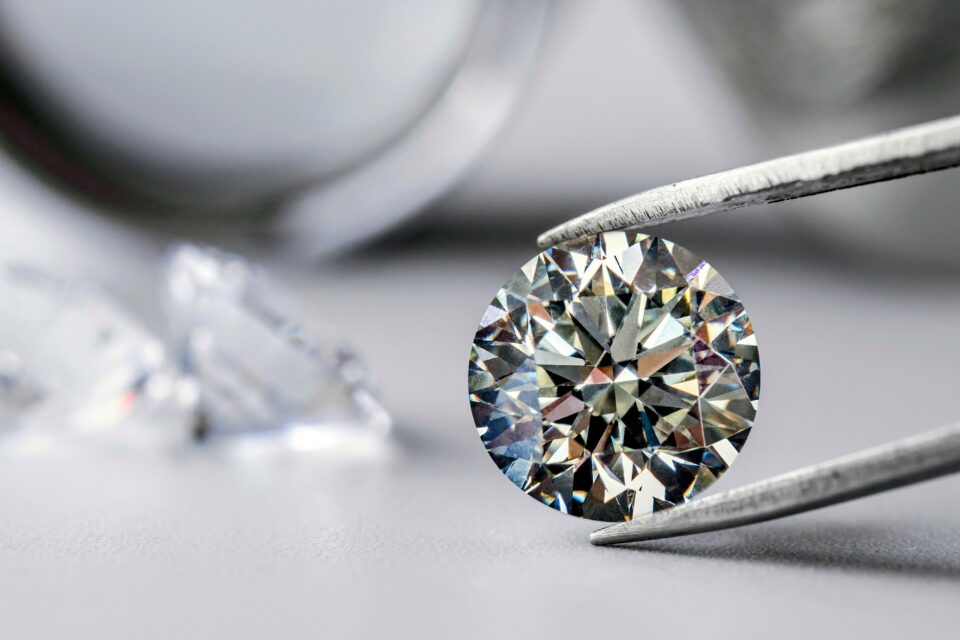
A diamond formed in a laboratory is grown using state-of-the-art technology which imitates the growing process of a natural diamond under the earth. Consequently, the diamond created is one that is man-made but is chemically, optically, and physically the same as the diamonds which are grown beneath the surface of the earth.
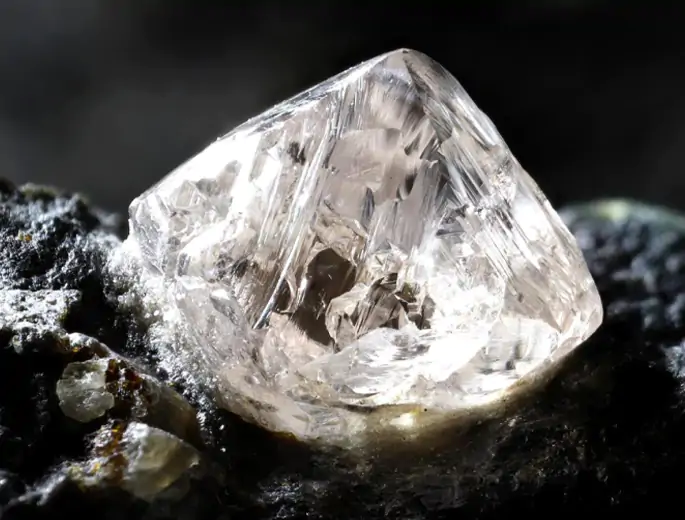
Difference
The only thing which makes a Lab Grown Diamond different from a Natural Diamond is how it originated.
A diamond formed in a laboratory is grown using innovative technology which imitates the growing process of a natural diamond.
Consequently, the diamond created is one that is man-made. It is chemically, optically, and physically the same as the diamonds which are grown beneath the surface of the earth.
Process
There are two different ways to create diamonds in the lab: Chemical Vapor Deposition (CVD) and High Pressure-High Temperature (HPHT).
When it comes to Chemical Vapor Deposition (CVD), a tiny “seed” diamond is heated to a high temperature inside a tightly closed chamber.
The chamber is then filled with a carbon-rich gas mixture such, including methane, and then they are ionized into plasma by technology. The ionization breaks molecular bonds into gases, and the diamond seeds slowly crystallize.
In the High Pressure-High Temperature (HPHT) process the diamond seed is exposed to extreme temperatures and pressure. As the carbon melts, a diamond forms around the seed. Once it has cooled, a diamond is created as beautiful as the one made in nature.
To learn more details see our section on How Lab Created Diamonds are Made.
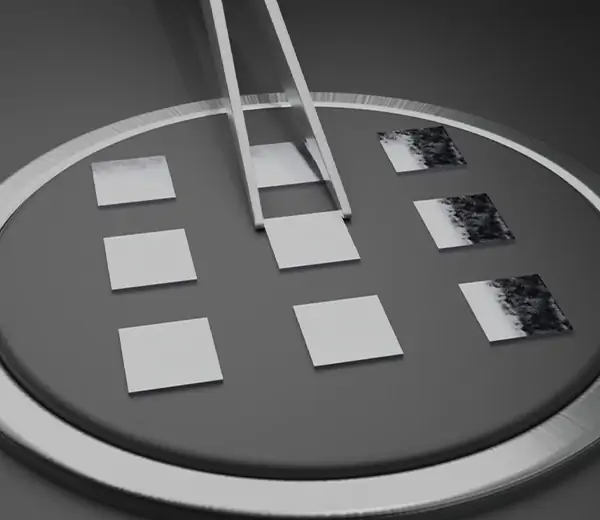
Difference
Why are lab created diamonds considered ethical?
After all, there are many reasons why laboratory-grown diamonds are even a better alternative and are considered ethical luxury. In addition to all their unparalleled beauty, they are much more environmentally friendly than their equivalents from mining – it’s impossible not to appreciate them.
We have a wide selection of loose diamonds for you to browse. You’re just one click away from finding beautiful and earth-friendly gems for your loved ones.
There are two different ways to create diamonds in the lab:
Chemical Vapor Deposition (CVD)
When it comes to Chemical Vapor Deposition (CVD), a tiny “seed” diamond used in chemical vapor deposition is heated to a high temperature inside a tightly closed chamber.
The chamber is then filled with a carbon-rich gas mixture and starts multiple chemical processes, making it possible for pure carbon to adhere to the diamond seed. In the end, you get a real diamond, with a process of a couple of months instead of a million years.
A CVD diamond is one which begins as a thin diamond seed slice that’s originally an HPHT created diamond. This diamond seed is positioned inside a closed cavity and heated up to 800 degrees. This cavity is filled up with carbon-rich gases such as methane. These gases are then ionized into plasma by means of technology. The ionization breaks molecular bonds into gases, and the diamond seeds slowly crystallize.
High Pressure-High Temperature (HPHT).
The High Pressure-High Temperature (HPHT) process is different but also simulates the earth’s natural process of forming mineral diamonds.
The diamond seed is exposed to extreme temperatures and pressure in this case. As the carbon melts, a diamond forms around the seed. The diamond is then created once it has cooled, as beautiful as the one from nature.
It uses any of the three manufacturing processes including the cubic press, a belt press, and a split-sphere press. These procedures are meant to form an environment of exceptionally high temperature and pressure which is favorable to the growth of diamonds.
We have a content with more details if you wish to learn more about these two processes.
Ethical
Because Lab Grown Diamonds are man-made in a lab, they are conflict-free and socially responsible.
Beauty & Quality
Lab grown diamonds have the same physical, chemical, and optical properties as mined diamonds.
Value
Lab Grown Diamonds offer excellent value and are more affordable than natural diamonds of comparable size and quality.
Lab Created Diamonds vs Mined Diamonds
| Compare the Differences | MINED DIAMONDS | LAB CREATED DIAMONDS |
|---|---|---|
| Is it considered a diamond? | + | + |
| Chemical Composition | + | + |
| Source | The Earth | A Laboratory |
| Time Taken to Create | 1 to 3 Billion Years | Several Weeks to Months |
| Independently Created | + | + |
| 100% Conflict-Free | Depends on Source | + |
| Does it test as a real diamond vs simulated diamond? | + | + |
| Price Comparison (of comparable quality and size) | $$$$ | $$ |
As previously said, diamonds made in the laboratory have the main difference in their formation. Still, this distinction is already a significant benefit over minerals, and it implies a variety of qualities.
Our lab grown diamonds display the same physical, chemical, and optical characteristics as natural diamonds and exhibit the same fire, scintillation, and sparkle. Using a loupe, man-made diamonds are nearly impossible to differentiate from natural diamonds.
Lab Grown Diamonds may exhibit different trace elements than natural diamonds that do not affect the overall appearance of the diamonds.
- Lab Grown Diamonds can be distinguished from natural diamonds only with tests using specialized equipment. Lab Grown Diamonds available for purchase should always come with a gem certification identifying them as Lab Grown.
- Because they are made in laboratories, there is no need to extract diamonds from nature, making them a modern luxury that is an ethical, stunning, and eco-friendly alternative to mined diamonds.
- In addition to being a better option for the planet, man-made diamonds are also an option that works better for your budget because they cost 50% less than minerals with the same appearance.
- It also means that you can get twice the size of the diamond by spending the same amount, turning them into wonderful pieces for you and future generations!
Grading Certificate
lab grown diamond are real diamonds in every sense. All the physical, chemical, optical, and atomic properties of a Lab Grown Diamond are identical to those of a naturally mined one.
Thus, they are also graded by certified gemological institutes on the 4 Cs used for grading naturally mined diamonds. It means that each diamond’s parameters, including its color grade, carat weight, clarity grade, and cut grade, are verified by a diamond certificate.
The Gemological Institute of America (GIA), the American Gem Society (AGS), and principally the International Gemological Institute (IGI) are the most well-known grading laboratories that provide that kind of certificate.
Two methods can produce jewelry-quality diamonds: HPHT and CVD.
HPHT is an abbreviation for High Pressure/High Temperature. This method replicates the natural formation of diamonds by subjecting carbon to high temperatures and pressing it together. This expensive process necessitates a significant amount of energy.
CVD is an abbreviation for Chemical Vapor Deposition. A seed crystal chamber is filled with a mixture of hydrogen and methane gas. Microwave power often heats the chamber to a high temperature, which excites the gas. The diamond grows on the seed crystal.
Certified gemological institutes grade lab grown diamonds using the same 4 Cs that are used to grade naturally mined diamonds. It means that the properties of each diamond, such as its color grade, carat weight, clarity grade, and cut grade, are validated by a diamond certificate like the mineral one.
The most well-known grading laboratories that give this type of certificate are the Gemological Institute of America (GIA), the American Gem Society (AGS), and the International Gemological Institute (IGI). You can make an informed decision and compare similarly graded diamonds by having a certificate like these.
The main difference is how each one is made. The mineral diamond is formed by a natural process dependent on extremely long, natural factors. On the other hand, the laboratory diamond is a more efficient approach to producing diamonds with the same appearance and physical, chemical, optical, and atomic properties.
Furthermore, there are many difficulties in extracting mineral diamonds, while those made in laboratories are much more ethical and eco-friendly.
